Home>Storage & Organization>Kitchen Organizing Tools>How To Get A New Cat To Use A Litter Box
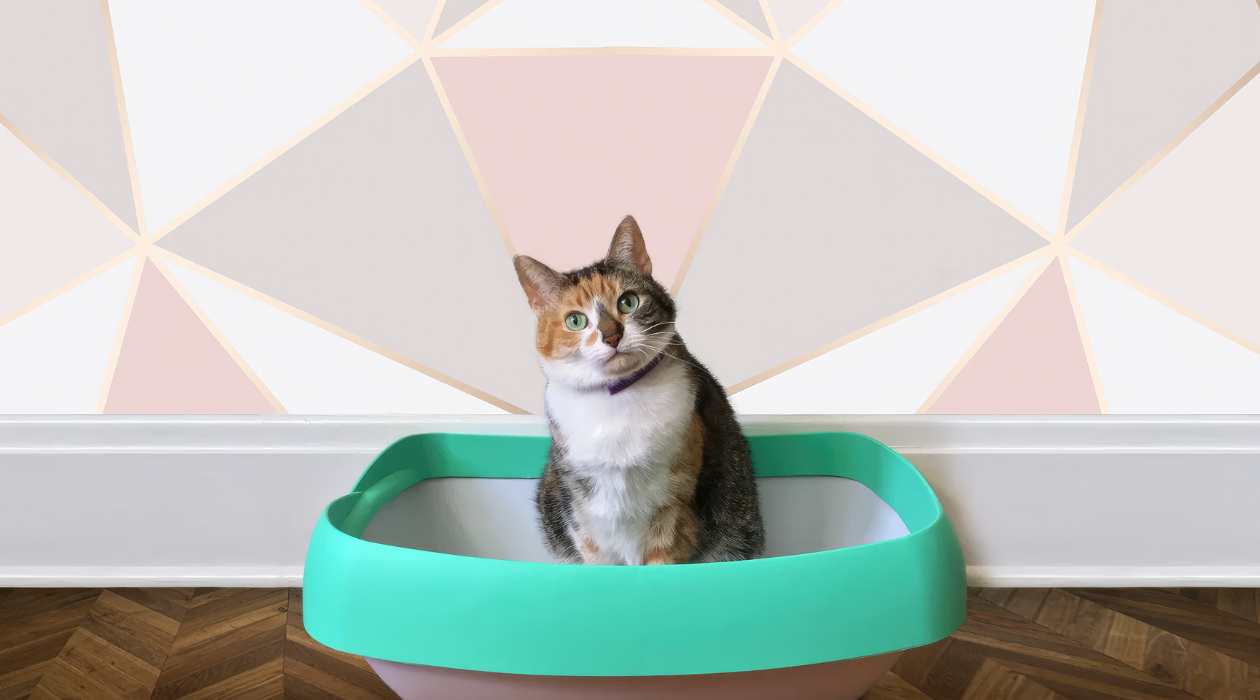

Kitchen Organizing Tools
How To Get A New Cat To Use A Litter Box
Published: February 23, 2024
Discover the best kitchen organizing tools to help your new cat use a litter box effortlessly. Find practical solutions for a seamless transition.
(Many of the links in this article redirect to a specific reviewed product. Your purchase of these products through affiliate links helps to generate commission for Storables.com, at no extra cost. Learn more)
Introduction
Introducing a new cat to your home can be an exciting and rewarding experience. However, ensuring that your new feline friend quickly adapts to using a litter box is essential for maintaining a clean and harmonious living environment. Whether you've adopted a kitten or welcomed an adult cat into your home, providing the right guidance and environment for litter box training is crucial.
Successfully acclimating your new cat to using a litter box involves a combination of thoughtful preparation, strategic placement, and patient encouragement. By understanding the key steps and considerations involved in this process, you can set the stage for a smooth and successful transition for your new pet.
In this comprehensive guide, we will explore the essential aspects of getting a new cat to use a litter box. From selecting the right litter box and finding the optimal location for it to introducing your cat to this essential facility and troubleshooting common issues, we will cover all the necessary information to help you navigate this important aspect of cat ownership.
By following the guidance provided in this article, you can ensure that your new cat feels comfortable and confident in using the litter box, promoting a hygienic and stress-free environment for both you and your feline companion. Let's delve into the details of each step to set the stage for a successful litter box training experience for your new cat.
Key Takeaways:
- Choose the right litter box: Consider size, accessibility, litter type, and location to create a comfortable and inviting space for your new cat to use the litter box.
- Encourage positive habits: Use gentle guidance, positive reinforcement, and patience to help your new cat feel confident and comfortable using the litter box, promoting a clean and harmonious living environment.
Choosing the Right Litter Box
Selecting the right litter box is a crucial first step in ensuring that your new cat adapts comfortably to using this essential facility. With a wide array of options available, it's important to consider several factors to make an informed decision.
Size and Accessibility
When choosing a litter box for your new cat, opt for one that provides ample space for the cat to move around comfortably. A spacious litter box allows the cat to assume natural postures while eliminating, contributing to a positive and stress-free experience. Additionally, consider the accessibility of the litter box, especially if you have a kitten or an older cat. Low-entry litter boxes or those with a ramp can make it easier for cats with mobility issues to access the litter box without difficulty.
Type of Litter
The type of litter box you choose should align with your cat's preferences and habits. Some cats may prefer open litter boxes, while others may feel more secure in covered or hooded options. Additionally, consider the type of litter that your cat is accustomed to, as sudden changes in litter material can deter the cat from using the box. If you're unsure about your cat's litter preferences, opt for a basic, open litter box with unscented clumping litter, providing a neutral starting point for your new cat.
Number of Cats
If you have multiple cats or plan to expand your feline family in the future, it's advisable to have a litter box for each cat, plus one extra. This ensures that each cat has access to a designated elimination area, reducing the likelihood of territorial disputes and promoting a harmonious environment.
Read more: How To Get Cat To Use A Covered Litter Box
Location and Privacy
Consider the available space in your home when selecting a litter box. Choose a quiet and easily accessible location, away from high-traffic areas and loud appliances. Cats appreciate privacy when using the litter box, so opt for a secluded yet accessible spot to provide a sense of security and comfort for your new pet.
By carefully considering these factors when choosing a litter box for your new cat, you can lay the foundation for a positive litter box experience. Taking the time to select the right litter box tailored to your cat's needs sets the stage for successful litter box training and fosters a comfortable and hygienic environment for your new feline companion.
Placing the Litter Box in the Right Location
The placement of the litter box plays a pivotal role in ensuring that your new cat readily accepts and uses it. Selecting the right location for the litter box is essential for creating a conducive and inviting environment for your feline companion. Here's a detailed exploration of the key considerations when determining the optimal placement for the litter box:
Accessibility and Privacy
When identifying the ideal location for the litter box, prioritize accessibility and privacy. Cats appreciate a quiet and secluded space for their elimination needs. Choose a low-traffic area that offers privacy, such as a spare room, a quiet corner, or a designated area away from noisy appliances and household commotion. This secluded setting provides your cat with a sense of security and comfort, encouraging regular and stress-free use of the litter box.
Multiple Access Points
If you have a multi-level home, consider placing litter boxes on each floor to ensure convenient access for your cat. This approach is particularly beneficial for older cats or kittens, as it minimizes the need for them to navigate stairs or long distances to reach the litter box. By providing multiple access points, you create a cat-friendly environment that promotes consistent litter box usage and reduces the likelihood of accidents.
Read more: How To Get My Cat To Use A Litter Box
Avoiding Confined Spaces
While privacy is important, avoid placing the litter box in overly confined or hard-to-reach spaces. Cats prefer a degree of openness and visibility when using the litter box, as it allows them to monitor their surroundings for potential threats. Placing the litter box in a confined area may make your cat feel trapped or vulnerable, leading to reluctance in using the box. Opt for a location that offers a balance of privacy and visibility, ensuring that your cat feels secure while using the litter box.
Separation from Food and Water
Maintain a clear separation between the litter box and your cat's food and water bowls. Cats instinctively avoid eliminating near their feeding areas, so it's essential to position the litter box away from the designated eating and drinking spaces. This separation not only aligns with your cat's natural preferences but also contributes to a hygienic living environment, minimizing the risk of contamination and ensuring that your cat feels comfortable using the litter box.
By carefully considering these factors and selecting an optimal location for the litter box, you create a welcoming and cat-friendly environment that encourages consistent litter box usage. Thoughtful placement of the litter box sets the stage for successful litter box training and fosters a clean, comfortable, and stress-free living space for both you and your new feline companion.
Introducing the Cat to the Litter Box
Introducing your new cat to the litter box is a pivotal step in establishing positive litter box habits. Whether you've adopted a young kitten or welcomed an adult cat into your home, providing gentle guidance and a supportive environment is essential for a smooth transition. Here's a detailed exploration of the key steps involved in introducing your cat to the litter box:
Gentle Acclimatization
Upon bringing your new cat home, gradually introduce them to the designated litter box area. Allow the cat to explore the space at their own pace, familiarizing themselves with the location of the litter box. This initial acclimatization phase helps the cat feel comfortable and secure in the designated elimination area, setting the stage for successful litter box usage.
Positive Association
Encourage positive associations with the litter box by placing the cat's favorite toys, bedding, or treats near the box. This approach helps create a positive and inviting environment, reinforcing the idea that the litter box area is a safe and familiar space for the cat. Additionally, consider placing the cat in the litter box after meals or naps, as cats often feel the urge to eliminate after these activities, facilitating a natural introduction to the litter box routine.
Gentle Encouragement
When you notice signs that your cat needs to eliminate, gently guide them to the litter box. Use a calm and reassuring tone to encourage the cat to explore the box, allowing them to become familiar with the texture and scent of the litter. Avoid forcing the cat into the box, as this can create negative associations. Instead, provide gentle guidance and positive reinforcement to instill confidence and comfort in using the litter box.
Monitoring and Patience
During the initial days, closely monitor your cat's behavior and litter box usage. If you observe signs that the cat is about to eliminate outside the box, gently redirect them to the designated area. Be patient and understanding, as it may take time for your cat to fully adapt to the new environment and litter box routine. Consistent encouragement and positive reinforcement play a crucial role in helping your cat develop reliable litter box habits.
By following these steps and providing gentle guidance, positive reinforcement, and patience, you can effectively introduce your new cat to the litter box. This gradual and supportive approach fosters a positive association with the litter box, setting the stage for successful litter box training and promoting a clean and harmonious living environment for both you and your feline companion.
Encouraging the Cat to Use the Litter Box
Encouraging your new cat to use the litter box involves creating a supportive and inviting environment that promotes positive litter box habits. By implementing thoughtful strategies and providing gentle guidance, you can effectively encourage your cat to embrace the litter box as their designated elimination area. Here's a detailed exploration of the key methods for encouraging your cat to use the litter box:
Read more: How To Get Cat To Use A Top Entry Litter Box
Consistent Encouragement
Consistency is key when it comes to encouraging your cat to use the litter box. Whenever you notice your cat exhibiting signs of needing to eliminate, gently guide them to the litter box. Use a calm and reassuring tone to encourage exploration of the box, allowing your cat to become familiar with the texture and scent of the litter. By consistently guiding your cat to the litter box during these crucial moments, you reinforce the idea that the box is the appropriate place for elimination, helping to establish reliable litter box habits.
Positive Reinforcement
Positive reinforcement plays a pivotal role in encouraging your cat to use the litter box. Whenever your cat successfully uses the box, offer verbal praise, gentle petting, or a small treat as a reward. This positive association reinforces the idea that using the litter box is a desirable behavior, encouraging your cat to continue using it consistently. Avoid using negative reinforcement or punishment if your cat has accidents outside the box, as this can create anxiety and reluctance to use the box in the future.
Maintaining Cleanliness
A clean and well-maintained litter box is essential for encouraging your cat to use it regularly. Regularly scoop the litter to remove waste, and replace the litter entirely on a routine basis. Cats are naturally drawn to clean elimination areas, and a well-maintained litter box provides an inviting environment for your cat to use. Additionally, consider the type of litter you use, as some cats have preferences for specific textures or scents. By providing a clean and comfortable litter box, you create an environment that encourages consistent and reliable litter box usage.
Addressing Anxiety or Stress
If your cat exhibits signs of anxiety or stress related to using the litter box, it's important to address these underlying issues. Cats may avoid the litter box if they feel threatened, anxious, or if there are changes in their environment. Create a calm and secure environment around the litter box, ensuring that it is placed in a quiet and accessible location. Additionally, consider providing additional litter boxes in multi-cat households to reduce competition and alleviate potential stressors.
By implementing these strategies and providing consistent encouragement, positive reinforcement, and a clean and inviting litter box environment, you can effectively encourage your new cat to use the litter box. This supportive approach fosters positive litter box habits, promoting a hygienic and harmonious living environment for both you and your feline companion.
Troubleshooting Common Issues
Even with careful preparation and guidance, it's not uncommon for new cat owners to encounter challenges when it comes to litter box training. Understanding and addressing common issues that may arise can help navigate potential obstacles and ensure a successful transition for your new feline companion. Here's a detailed exploration of common problems and effective troubleshooting strategies:
1. Avoidance of the Litter Box
If your cat consistently avoids using the litter box, it's essential to identify and address the underlying reasons. Possible causes may include the type of litter used, the location of the box, or underlying health issues. Consider experimenting with different types of litter to determine your cat's preferences. Additionally, ensure that the litter box is placed in a quiet, accessible, and private location to promote a sense of security. If avoidance persists, consult with a veterinarian to rule out any potential health concerns.
2. Accidents Outside the Litter Box
Accidents outside the litter box can be frustrating, but they often signal a need for adjustments in the training process. If your cat consistently eliminates outside the box, consider increasing the number of litter boxes in multi-cat households, providing one box per cat plus an additional one. Additionally, thoroughly clean any soiled areas with enzymatic cleaners to eliminate lingering odors, as residual scents may attract repeat elimination. Positive reinforcement and consistent encouragement can also help redirect your cat's behavior towards using the litter box.
3. Litter Box Aversion
Some cats may develop aversions to the litter box due to negative associations or past experiences. If your cat displays aversion towards the litter box, consider gradually reintroducing them to the box using positive reinforcement and gentle encouragement. Additionally, ensure that the litter box is kept clean and free from any potential stressors, creating a welcoming environment for your cat to use the box comfortably.
Read more: How To Get Cats To Share A Litter Box
4. Health-Related Concerns
In some cases, a cat's reluctance to use the litter box may be linked to underlying health issues such as urinary tract infections or gastrointestinal discomfort. If you notice changes in your cat's litter box habits, such as frequent attempts to eliminate with minimal results, vocalization during elimination, or signs of distress, seek prompt veterinary attention. Addressing potential health concerns is crucial for promoting your cat's well-being and ensuring successful litter box usage.
By proactively addressing these common issues and implementing targeted troubleshooting strategies, you can navigate potential challenges and facilitate a positive litter box training experience for your new cat. Patience, consistency, and a proactive approach to addressing concerns contribute to a successful transition, fostering a clean, comfortable, and harmonious environment for both you and your feline companion.
Conclusion
Successfully acclimating a new cat to using a litter box is a pivotal aspect of responsible pet ownership. By following the comprehensive guidance provided in this article, you can lay the groundwork for a smooth and successful transition, fostering a clean, comfortable, and harmonious living environment for both you and your feline companion.
Choosing the right litter box tailored to your cat's needs sets the stage for positive litter box habits. Considering factors such as size, accessibility, litter type, and the number of cats in your household ensures that your cat has a designated elimination area that aligns with their preferences and habits.
Strategic placement of the litter box is equally crucial, as it contributes to creating a welcoming and cat-friendly environment. Prioritizing accessibility, privacy, and cleanliness when selecting the location for the litter box promotes consistent usage and reduces the likelihood of accidents.
Introducing your cat to the litter box with gentle acclimatization, positive associations, and patient encouragement fosters a positive association with the box, laying the foundation for reliable litter box habits. Consistent guidance and positive reinforcement play a pivotal role in helping your cat feel comfortable and confident in using the litter box.
Encouraging your cat to use the litter box involves implementing thoughtful strategies, maintaining cleanliness, and addressing potential stressors or anxieties. By providing a supportive and inviting environment, you can effectively promote positive litter box habits and minimize the likelihood of accidents.
In the event of common issues such as avoidance of the litter box, accidents outside the box, or litter box aversion, proactive troubleshooting and targeted adjustments can help navigate challenges and ensure a successful transition. Addressing potential health-related concerns promptly is essential for promoting your cat's well-being and ensuring consistent litter box usage.
By incorporating these essential steps and considerations into your approach to litter box training, you can create a hygienic, stress-free, and comfortable environment for your new cat. Patience, consistency, and a proactive approach to addressing concerns contribute to a successful transition, fostering a strong bond and a positive living experience for both you and your feline companion.
Frequently Asked Questions about How To Get A New Cat To Use A Litter Box
Was this page helpful?
At Storables.com, we guarantee accurate and reliable information. Our content, validated by Expert Board Contributors, is crafted following stringent Editorial Policies. We're committed to providing you with well-researched, expert-backed insights for all your informational needs.
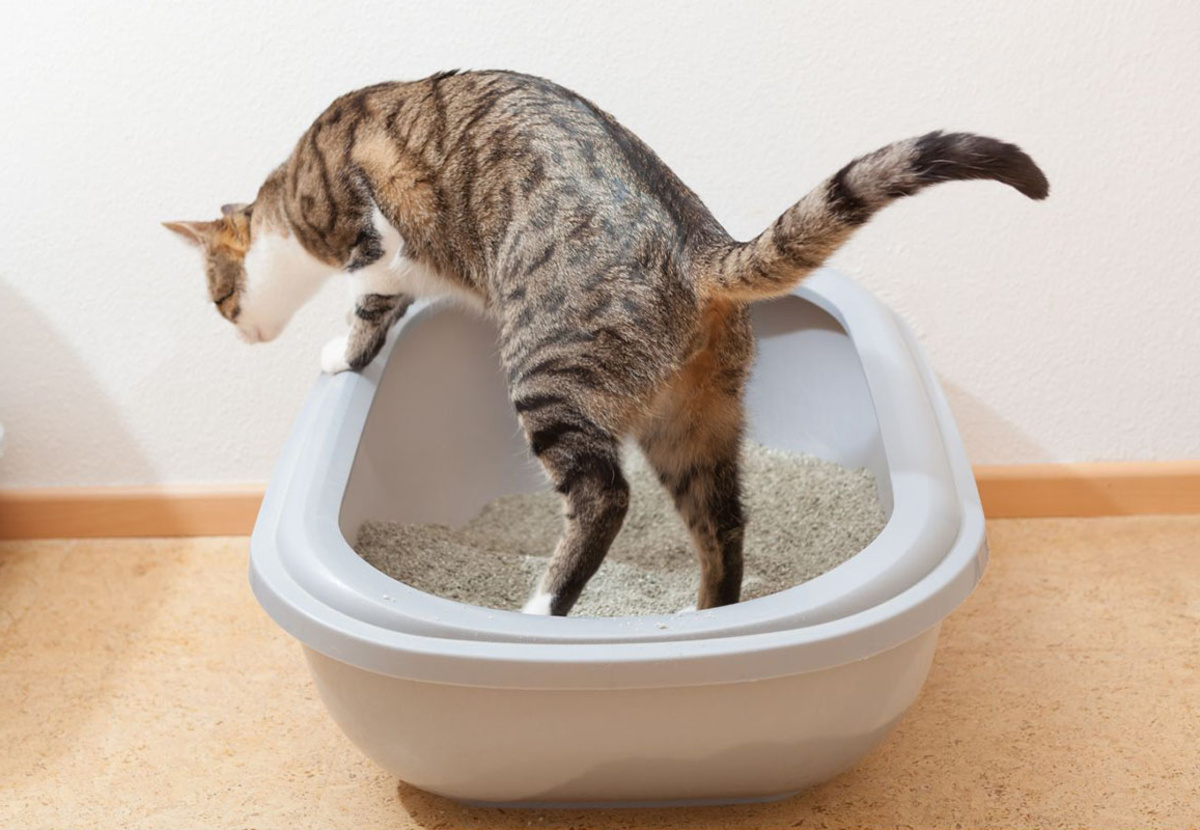
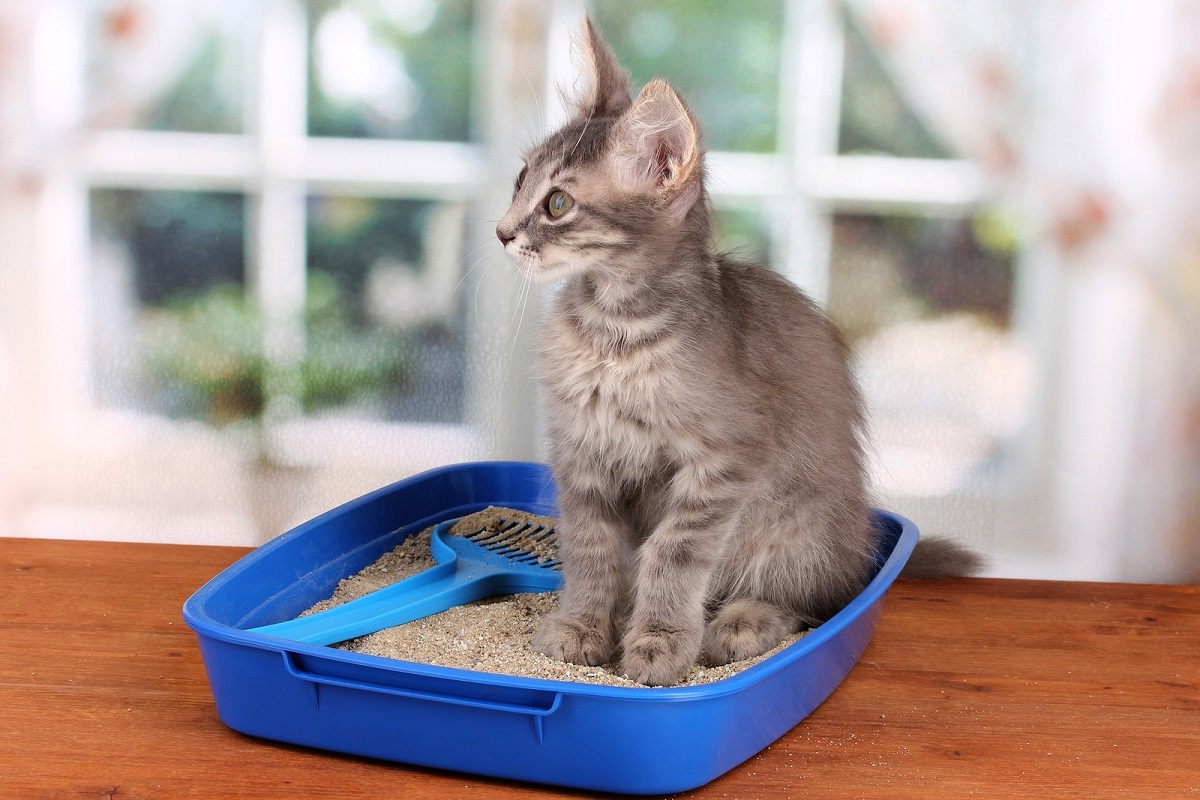
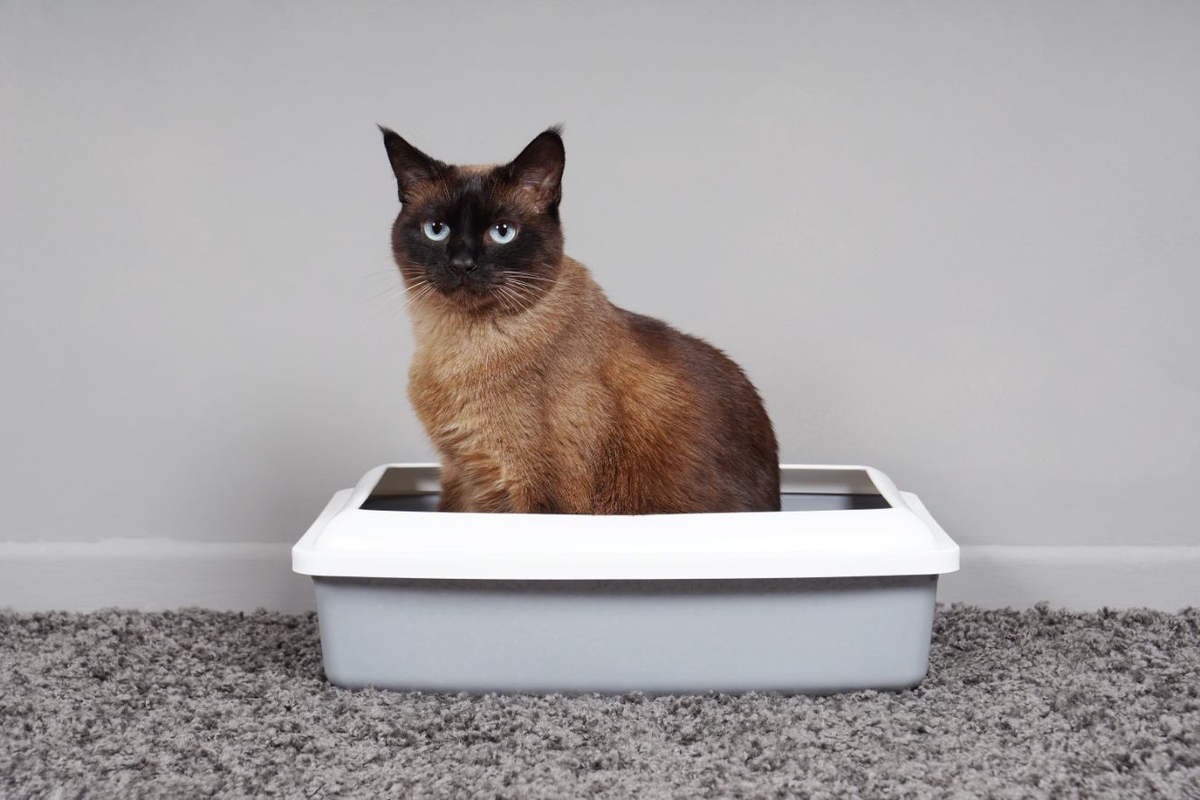
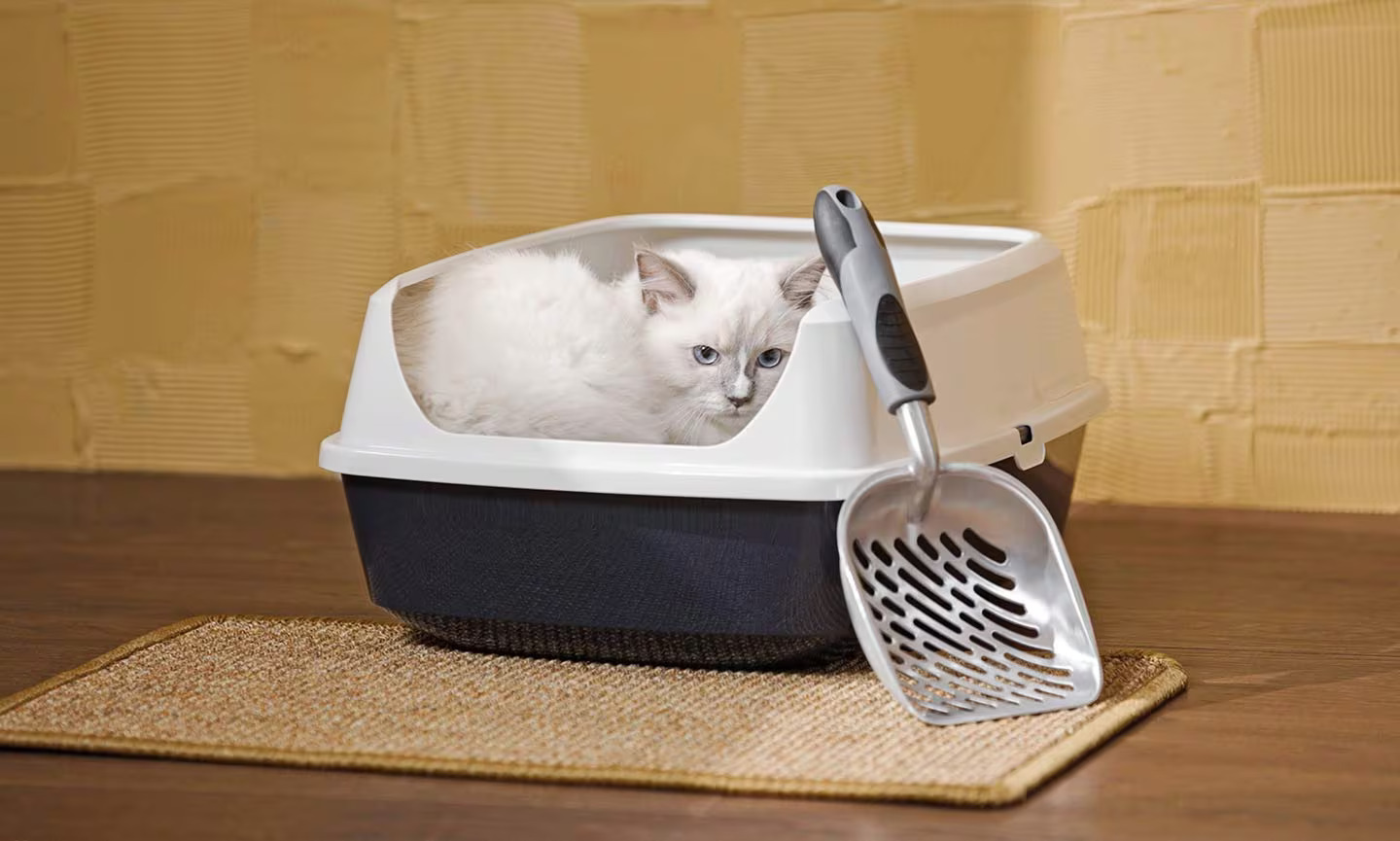
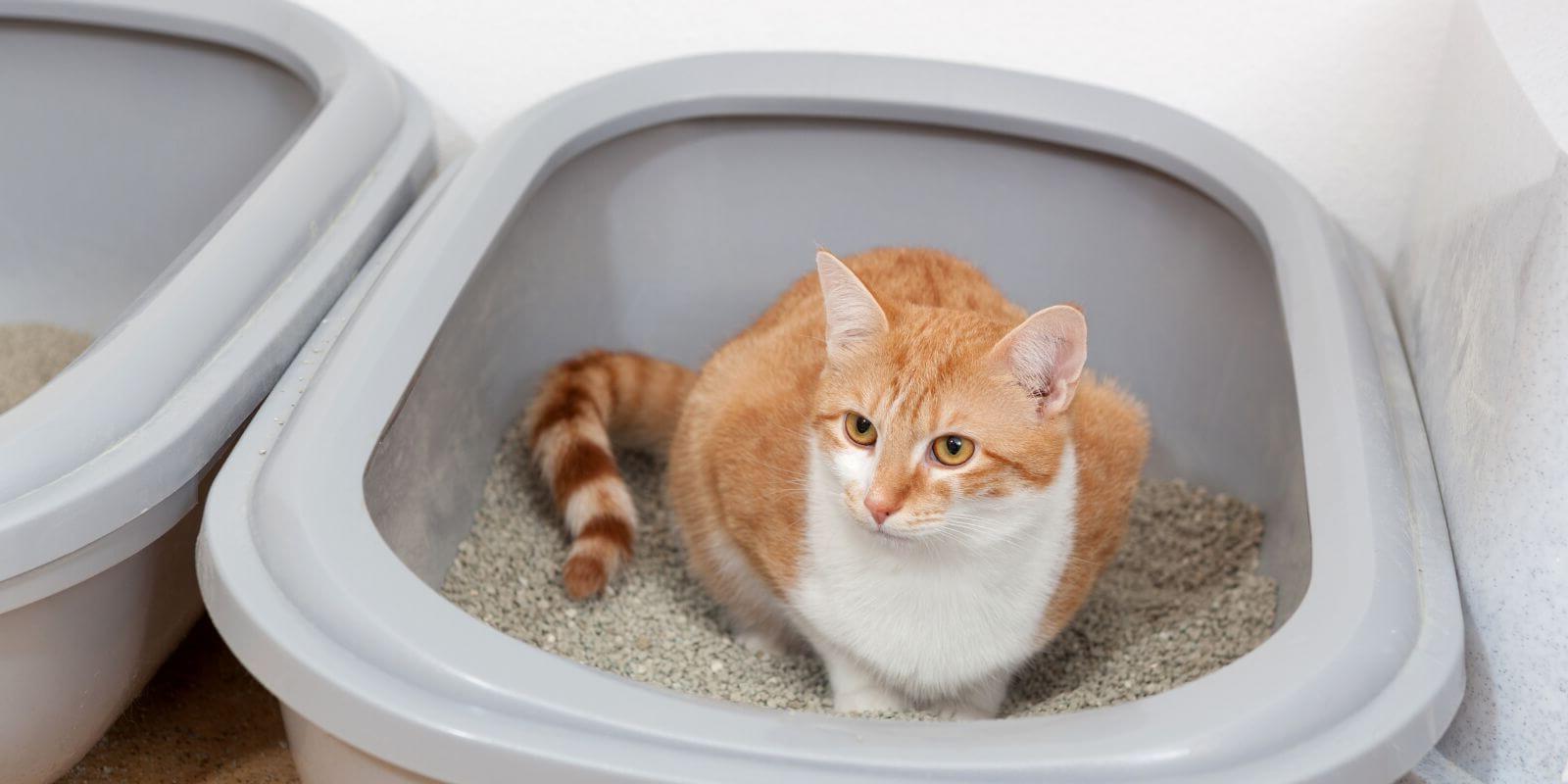
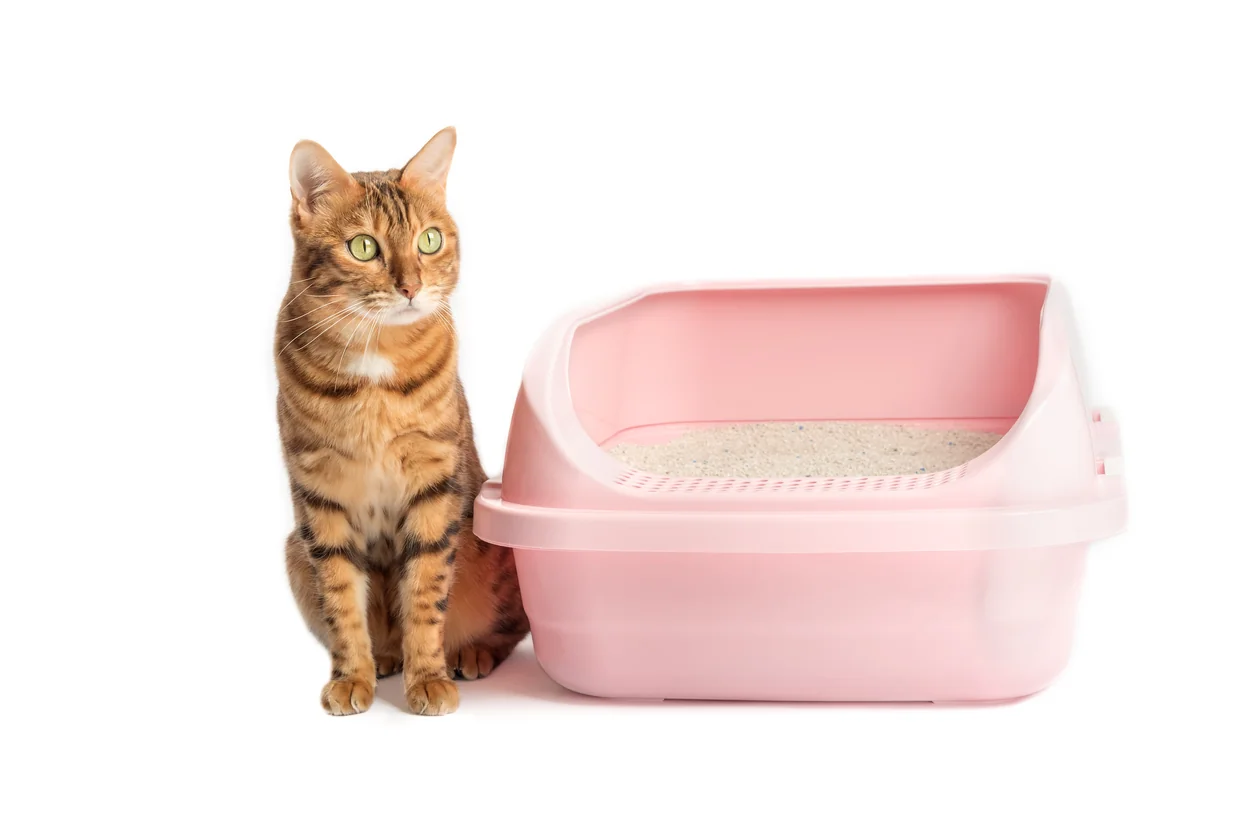
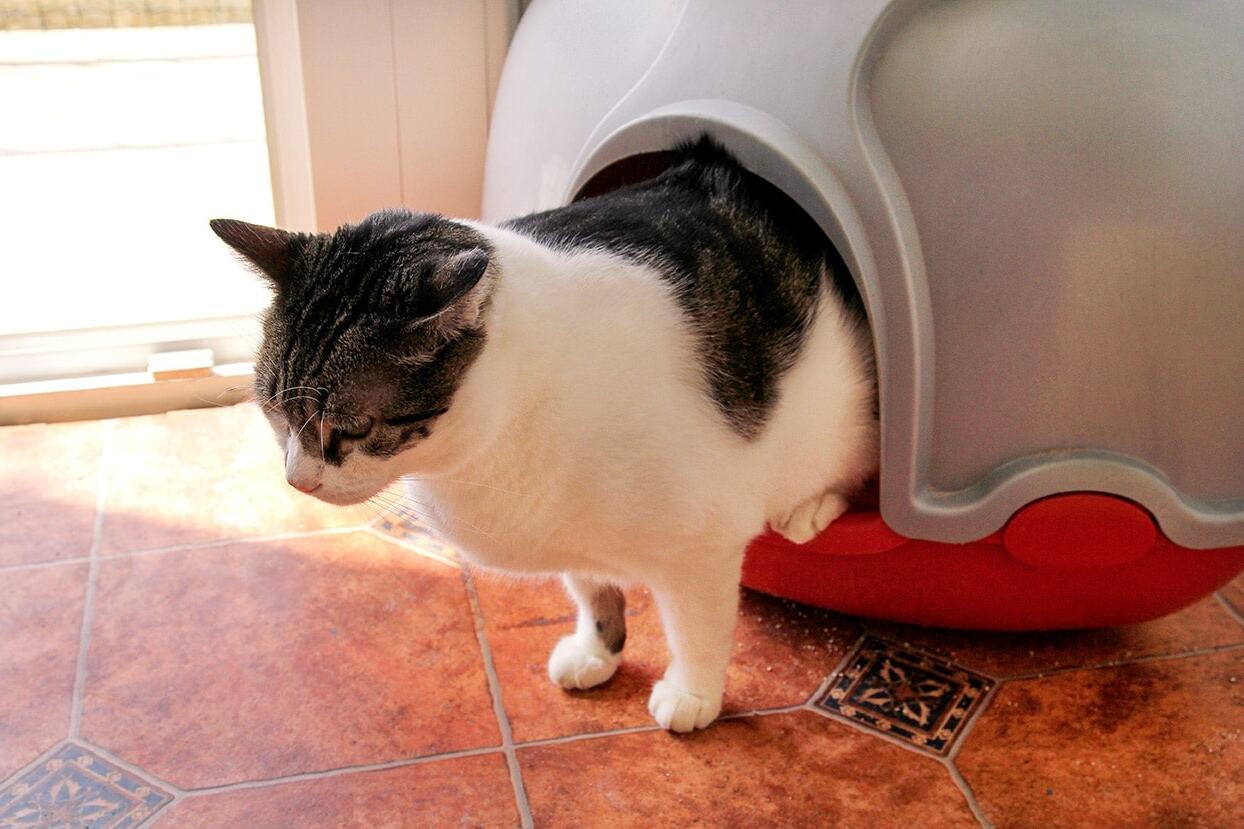
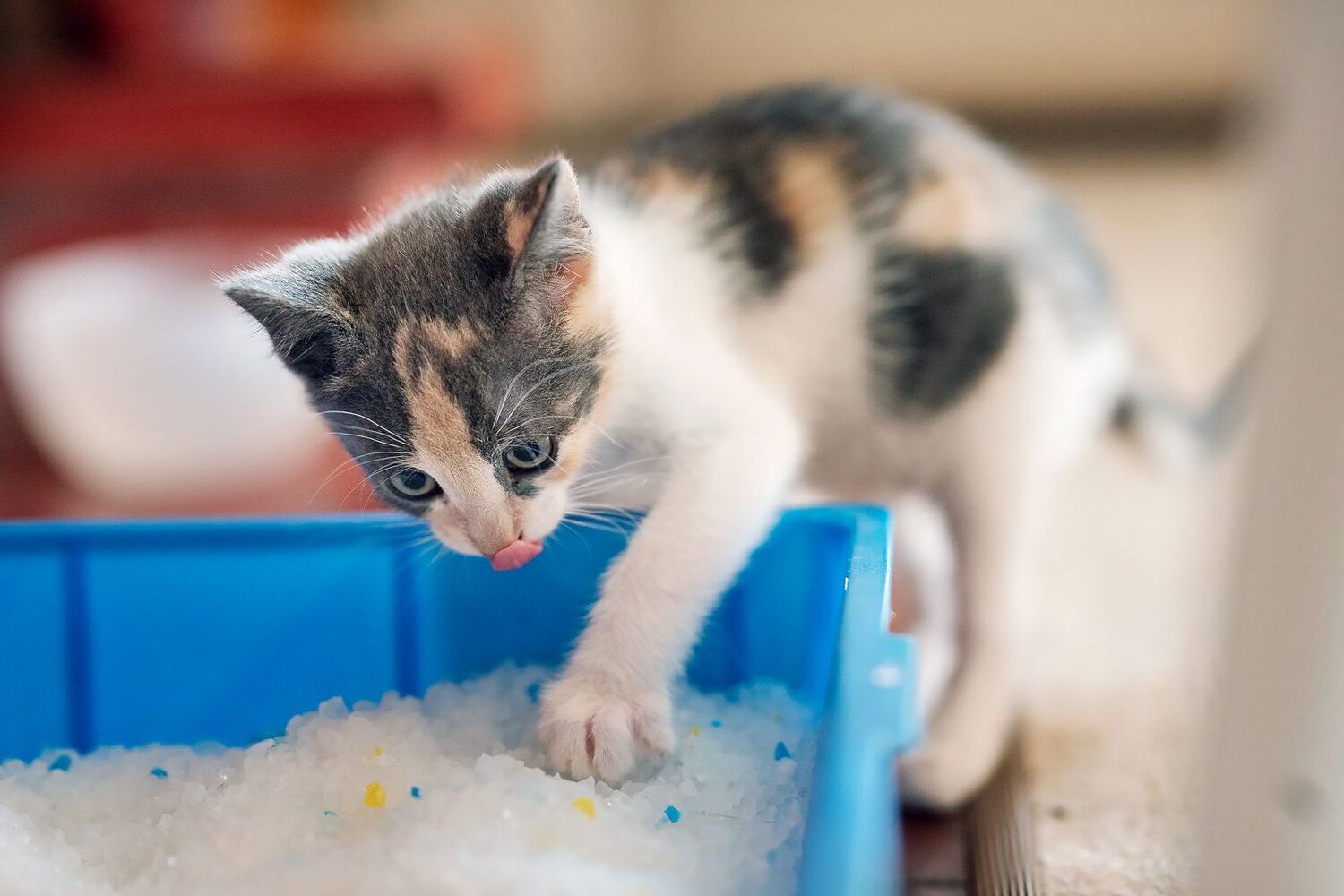


0 thoughts on “How To Get A New Cat To Use A Litter Box”